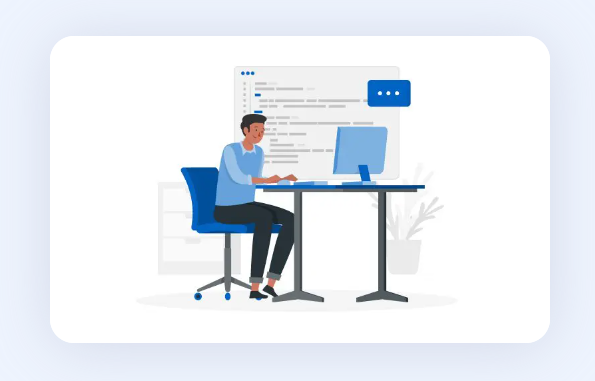
Introduction
Before diving into the intricacies of developing a learning management system, let's understand the basics. An how to develop a learning management system is a software application that facilitates the administration, documentation, tracking, reporting, and delivery of educational courses or training programs. It streamlines learning, making it accessible and effective. But how do you develop an LMS that excels? Let's find out.
The Core Steps
Defining Your Goals and Objectives
The first step in creating an outstanding LMS is defining clear goals and objectives. What do you want to achieve with your system? This is a pivotal point because your goals will shape the entire development process.
Choosing the Right Technology Stack
Selecting the appropriate technology stack is crucial. Your LMS should be built on a stable and scalable platform, ensuring that it can handle both current and future requirements.
User-Centric Design
A user-friendly design is essential. Make sure your LMS is intuitive and easy to navigate. User satisfaction is paramount for the success of your system.
Content Creation and Management
Your LMS will need high-quality content. Decide whether you'll create content in-house, purchase it, or curate it from various sources.
Customization and Branding
A unique look and feel can set your LMS apart. Customize it to reflect your brand and make it engaging for your learners.
Integration with Other Systems
Your LMS should seamlessly integrate with other tools, like CRM systems, HR software, and video conferencing platforms, for a holistic learning experience.
Security and Compliance
Ensuring data security and compliance with industry standards is non-negotiable. Protecting sensitive information is a top priority.
Testing and Quality Assurance
Before launching your LMS, rigorous testing is crucial. Identify and fix any issues to provide a seamless user experience.
Training and Support
Users need guidance. Offering training and support resources is essential for their success with the system.
Launch and User Feedback
After thorough testing and training, launch your LMS. Listen to user feedback and make continuous improvements.
FAQs
How long does it take to develop an LMS?
The time required to develop an LMS can vary significantly depending on the complexity and customization. On average, it can take anywhere from 6 to 12 months.
What is the cost of developing an LMS?
The cost of LMS development can range from a few thousand dollars to several hundred thousand dollars. It depends on factors like features, customization, and integration.
Can I use open-source LMS platforms?
Certainly, open-source LMS platforms like Moodle and Open edX can be a cost-effective solution. However, they may require technical expertise for setup and maintenance.
What features should I prioritize in my LMS?
User-friendly interface, scalability, content management, and security features should be your top priorities. Additionally, consider analytics and reporting for tracking progress.
How do I ensure my LMS is compliant with regulations?
To ensure compliance, consult with legal experts and stay updated on industry-specific regulations. Regular audits and data protection measures are also essential.
Is cloud hosting the best option for an LMS?
Cloud hosting is a popular choice due to its scalability and accessibility. It reduces the burden of in-house server maintenance.
Conclusion
Developing a learning management system is a significant undertaking, but it can yield tremendous benefits for your organization. By following these key steps and considering user feedback, you'll be on your way to creating an LMS that enhances learning experiences and sets you on the path to success.

























